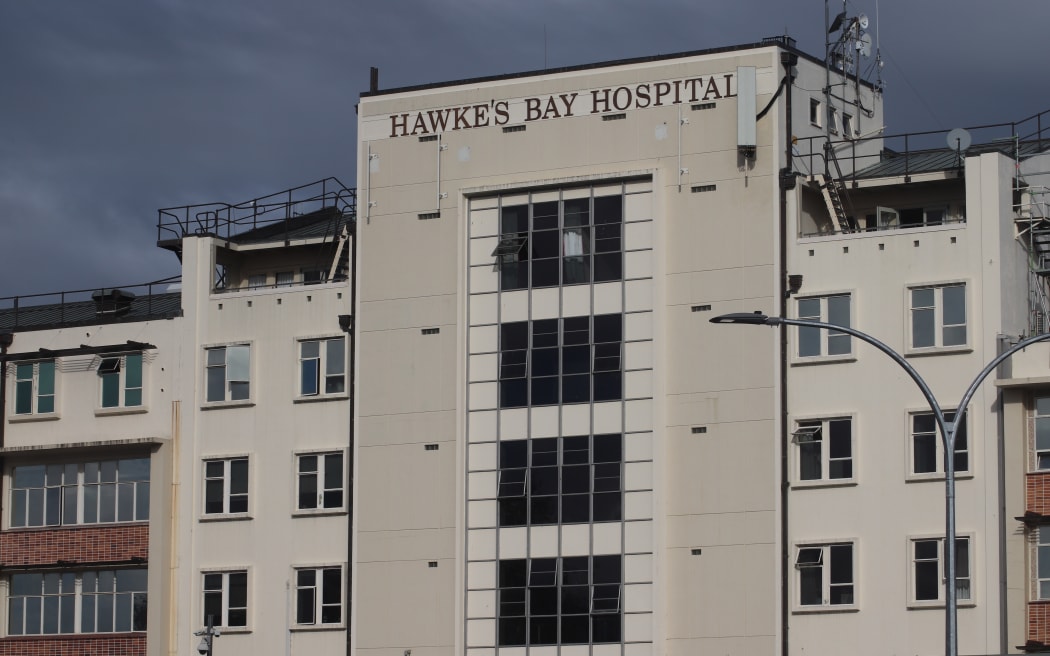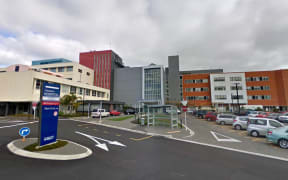
The man died at Hawke's Bay Hospital after 15 days on ventilation. Photo: RNZ / Tom Kitchin
Te Whatu Ora has been ordered to apologise and better train its staff after a man died from a severe brain injury due to incorrect intubation at Hawke's Bay Hospital.
The hospital failed to provide an appropriate standard of service, Deputy Health and Disability Commissioner Dr Vanessa Caldwell found in her report released on Monday.
The man was in hospital after suffering two wounds to his back. Staff decided to run CT scans to check for internal injuries.
Because he was agitated, he was anaesthetised so emergency department staff could insert a breathing tube into his trachea - but it was incorrectly placed in his oesophagus instead.
The error was not picked up for 15 minutes, and during that time the man sustained a fatal brain injury.
After he was properly intubated, the man was placed in the intensive care unit for 15 days until his ventilation was removed and he died.
Several factors contributed to the man's death, including included a lack of standardised equipment, better equipment not being made available, and staff members believing that certain equipment was not functioning properly, Caldwell said.
Staff could see there was an issue with the man's blood oxygen level, but assumed the equipment they were using - a capnograph - was not working properly, because it had been broken in the past.
That was despite a trauma nurse testing the machine and demonstrating that it appeared to be working.
That information was not handed over, or not recognised by the senior staff, the report said.
Staff called for another capnograph to be brought in from another department, unaware that another piece of equipment they could have used was on the airway trolley they were using.
"I am critical that Te Whatu Ora did not ensure that there was suitable equipment for difficult airway management available in the ED [emergency department], and that there was a lack of standardised equipment across the hospital," Caldwell said.
"I am also critical that the staff were not made aware of the equipment that was available, and that the staff were not reassured that the equipment was functional and being maintained adequately."
Staff also did not follow the standard practice in emergency airway management, which was to remove a tube if there is any doubt intubation has been carried out properly, she said.
Te Whatu Ora should provide a written apology to the man's whānau and regularly train emergency department and intensive care staff on "the standard practice in emergency airway management", Caldwell wrote.
Te Whatu Ora accepted the recommendations.
It said since the man's death, Te Whatu Ora Te Matau a Maui (Hawke's Bay) had made several changes, including:
- Purchasing new equipment
- Forming an airway committee including anaesthetics, intensive care, emergency, and ear, nose and throat departments
- Reviewing and standardising airway equipment between ED, ICU and the operating theatre
- Establishing an equipment testing and checking regime
- Developing difficult intubation and airways checklists
- Introducing simulation training.





